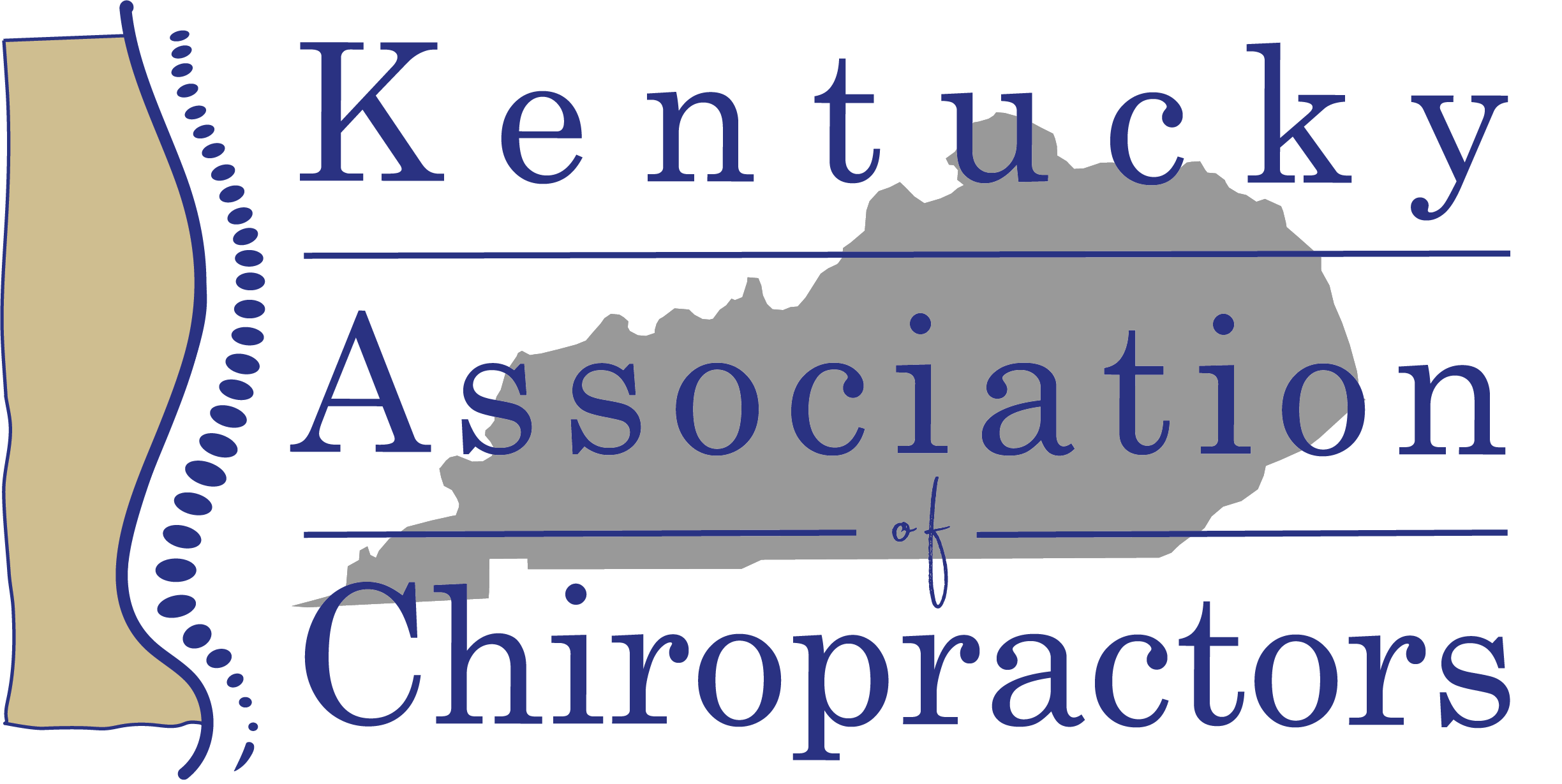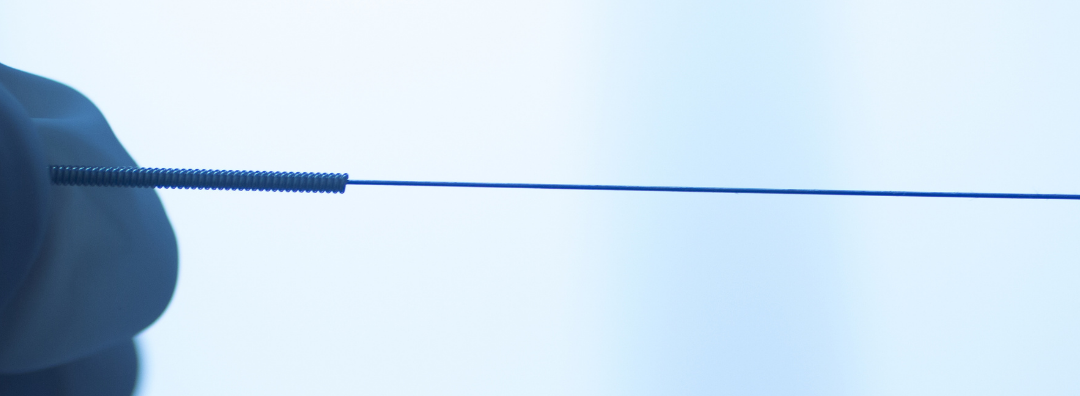Abstract
Objective: To determine the changes produced by dry needling in active myofascial trigger points in hip muscles compared to a sham needling on pain intensity, main pain area, pressure pain threshold and psychological distress in patients with hip osteoarthritis.
Design: Secondary analysis of a single-centre, randomized, double-blinded, clinical trial.
Intervention: 30 participants with mild to moderate hip osteoarthritis were randomly assigned to DN group (n = 15) or sham DN group (n = 15). DN group received three sessions of penetrating DN, and sham DN group received three sessions of non-penetrating DN in hip muscles.
Main outcome measures: Pain intensity (Visual Analogue Scale), main pain area (body chart), pressure pain threshold (algometry), psychological distress (Hospital Anxiety and Depression Scale) and self-reported improvement (Global Rate of Change) were measured before and after treatment.
Results: DN group showed statistically significant improvements with large effect sizes for pain intensity (p < 0.001; E.S: 2.7), pressure pain thresholds (p < 0.05; E.S: 1.3-1.8) and psychological distress (p = 0.002; E.S: 1.5) compared to sham DN group. The DN group described a self-reported improvement categorised as quite a bit, great or very great deal better (n = 12, 80%). No statistically significant differences were found between baseline and postintervention in the sham DN group in any variable (p > 0.05).
Conclusions: Three sessions of dry needling were more effective than sham dry needling for improving pain intensity, pressure pain threshold and psychological distress in patients with mild to moderate hip osteoarthritis in the short term.
Keywords: hip osteoarthritis; hip pain; myofascial pain syndrome; pressure pain threshold; trigger point.
Full article here: https://pubmed.ncbi.nlm.nih.gov/32507443/




